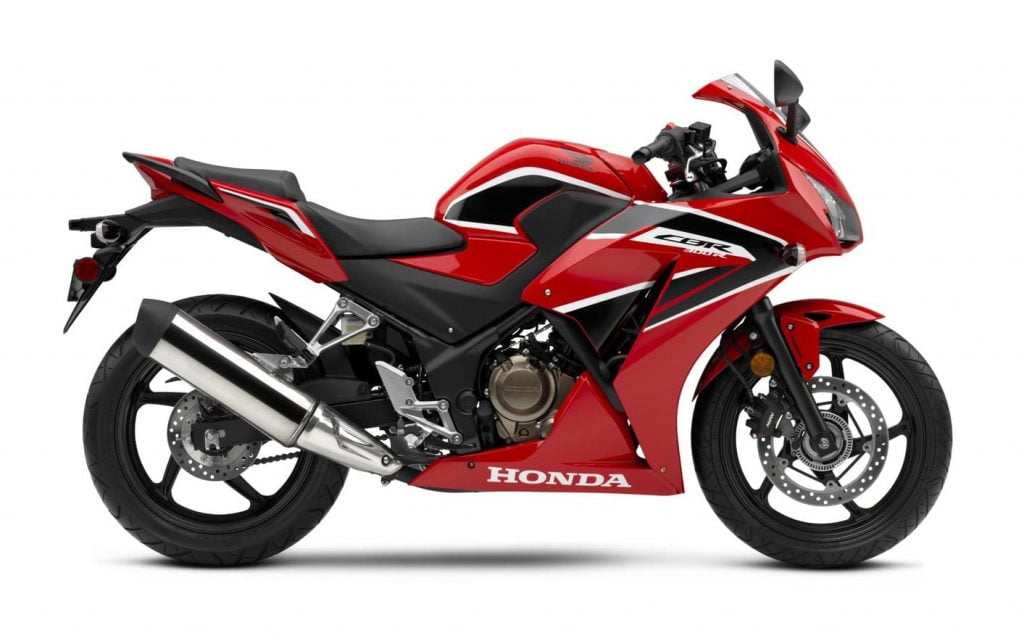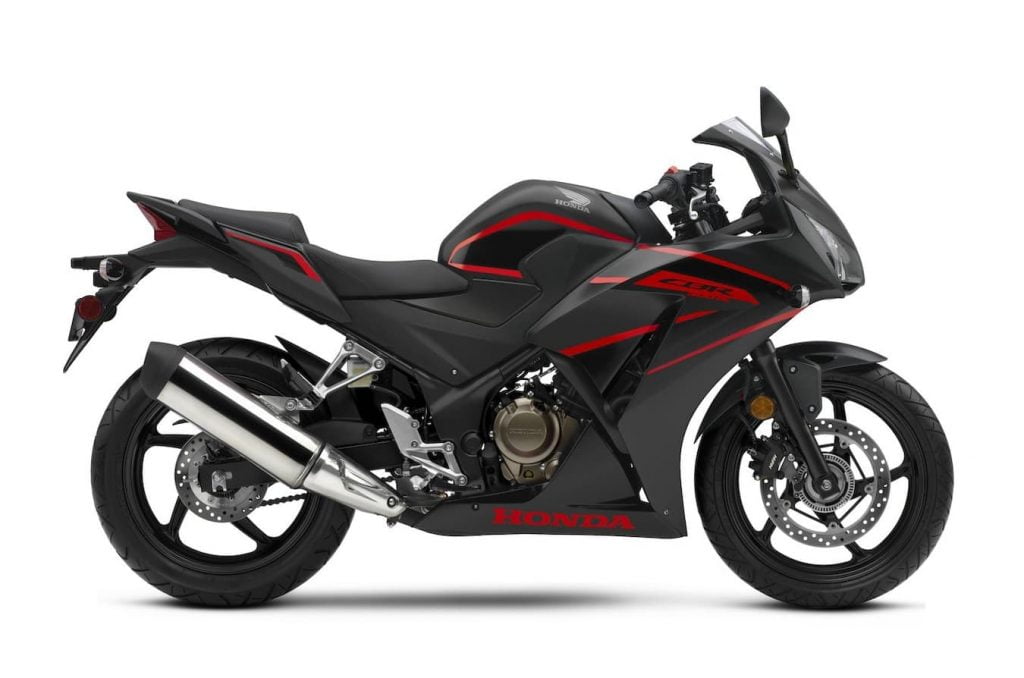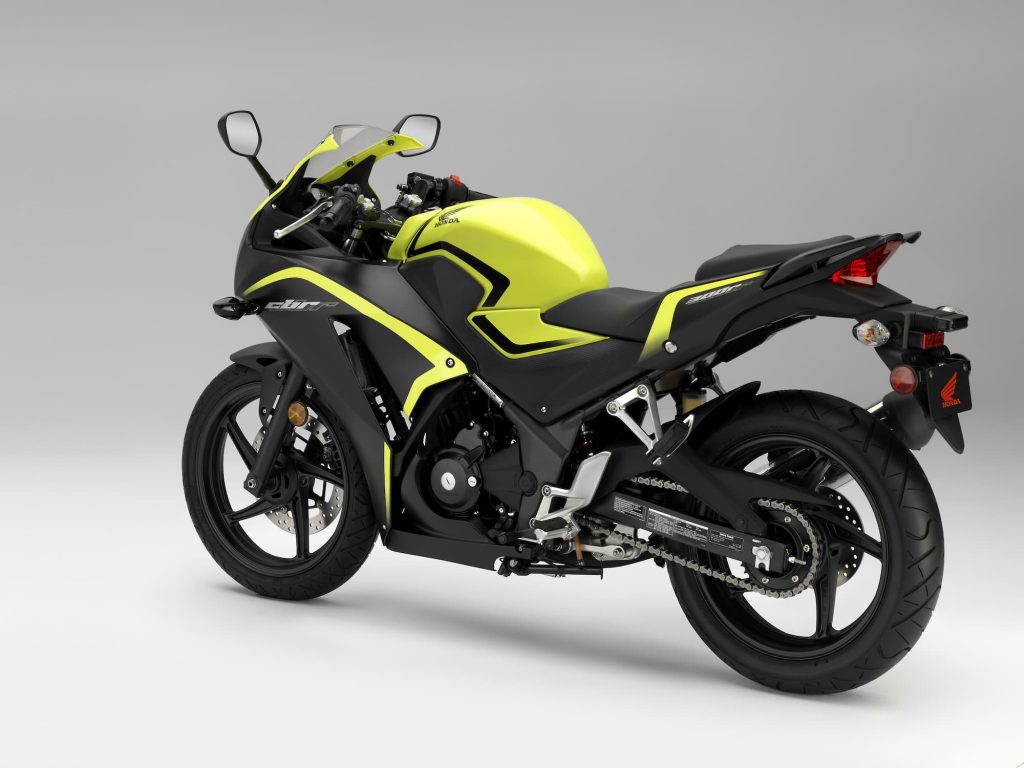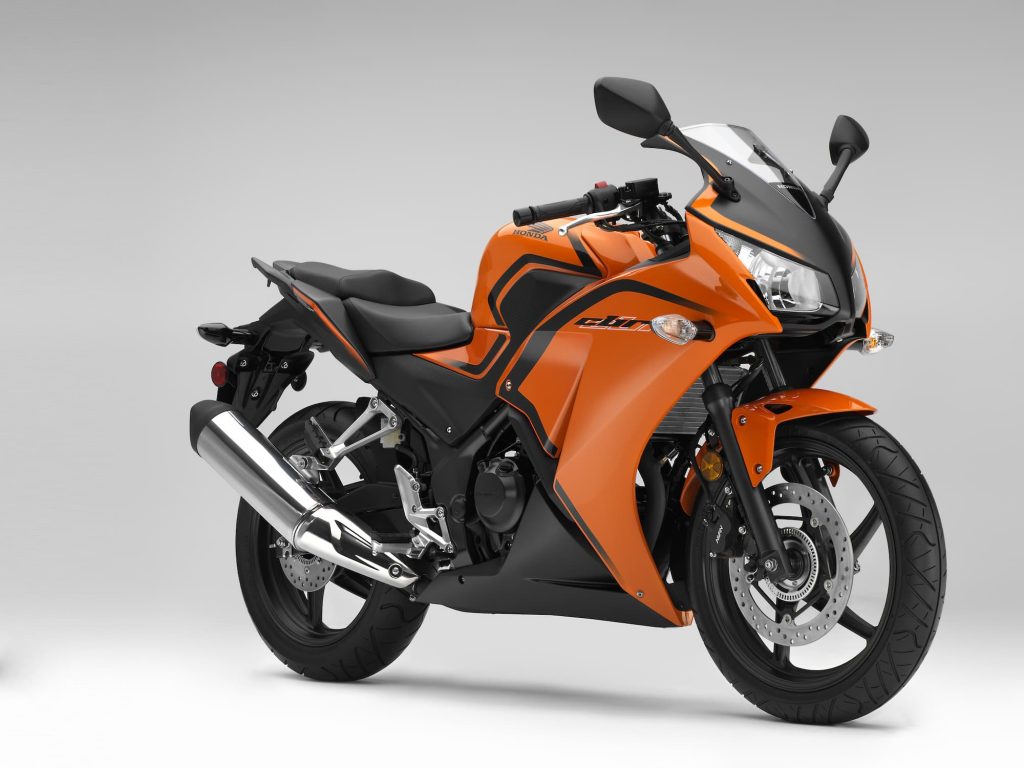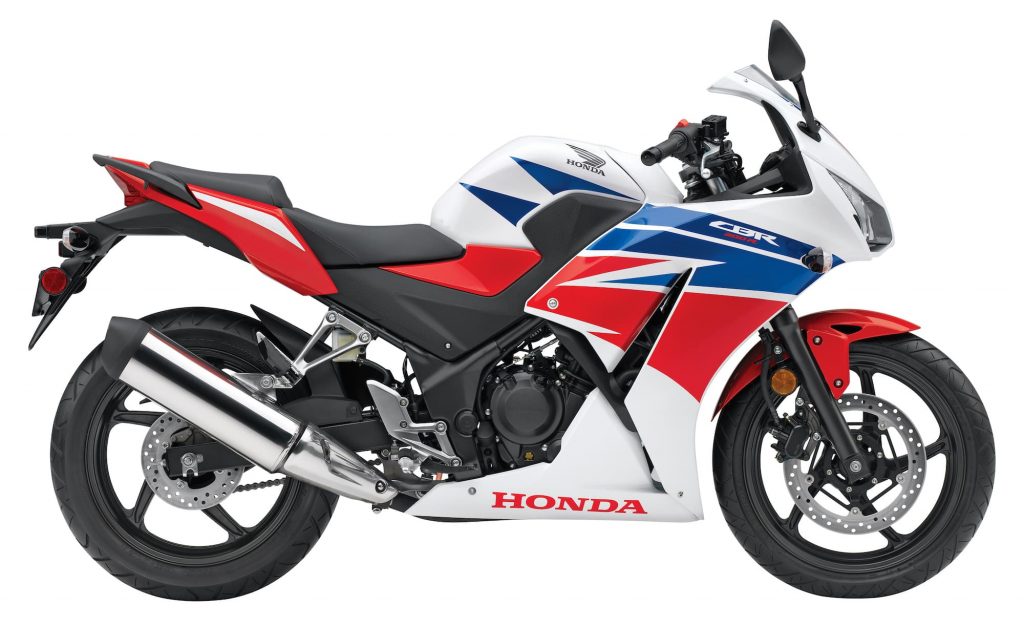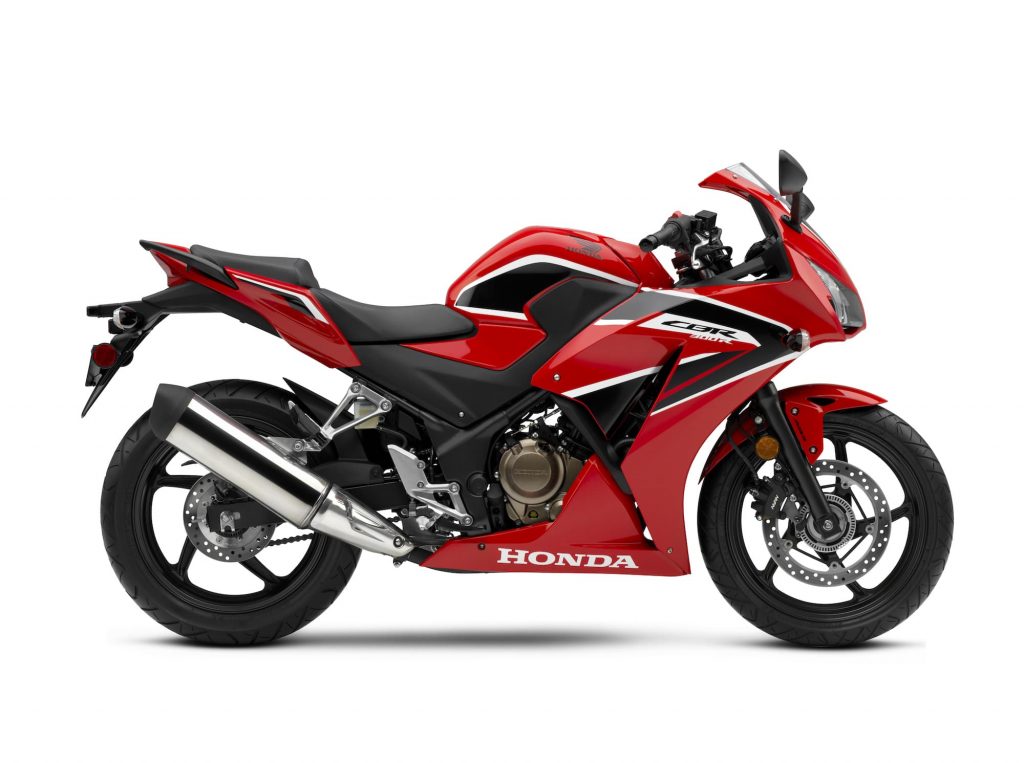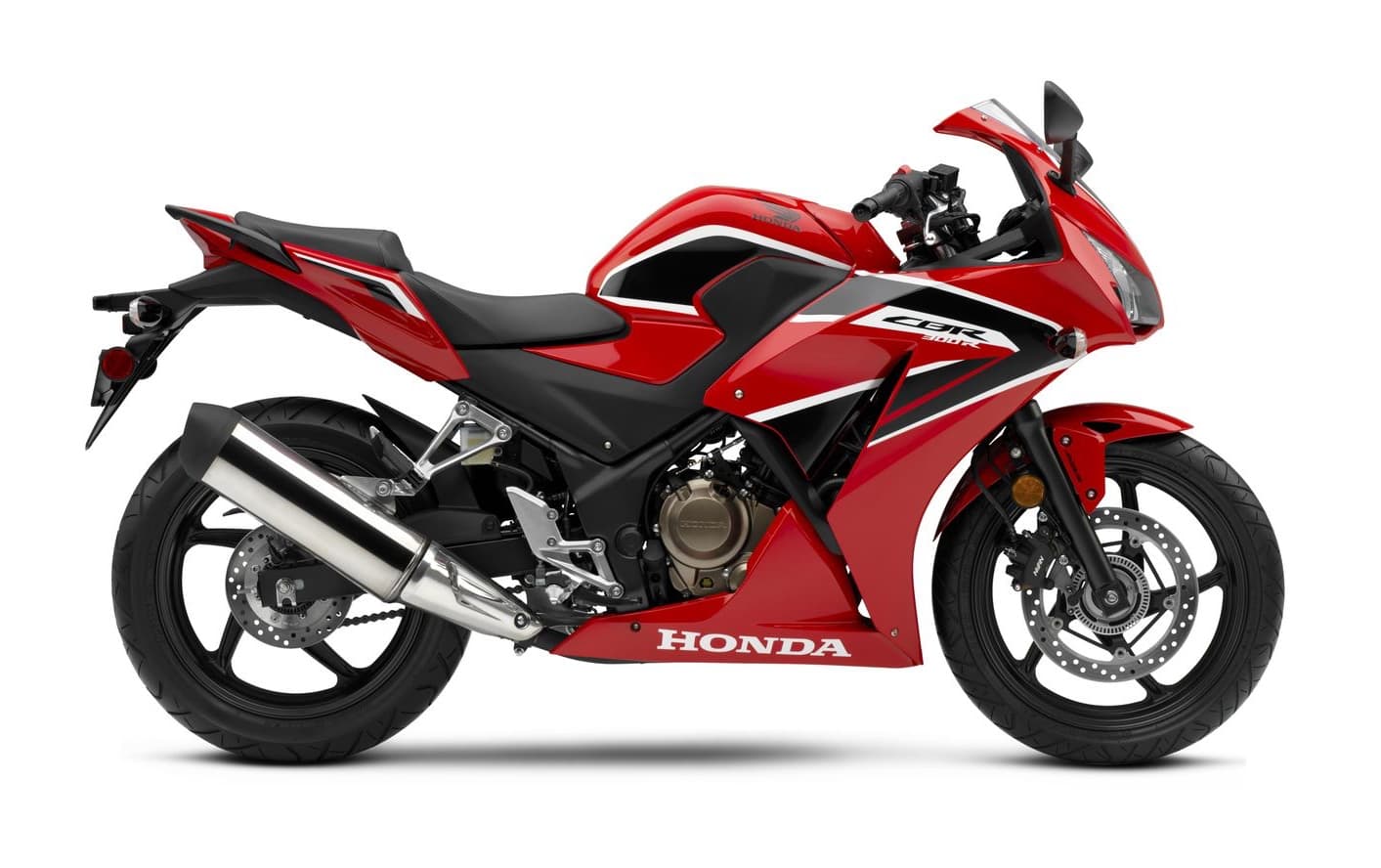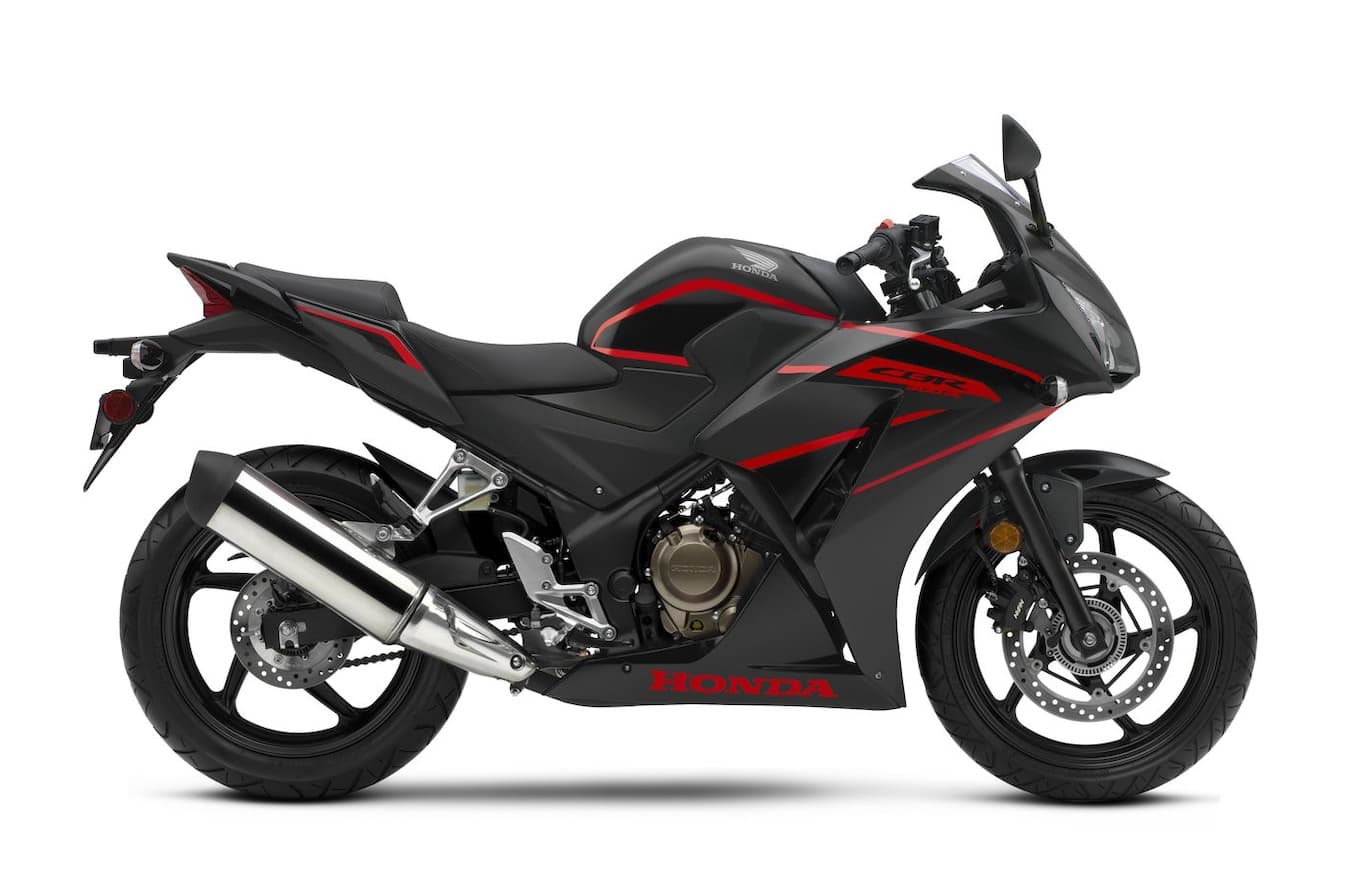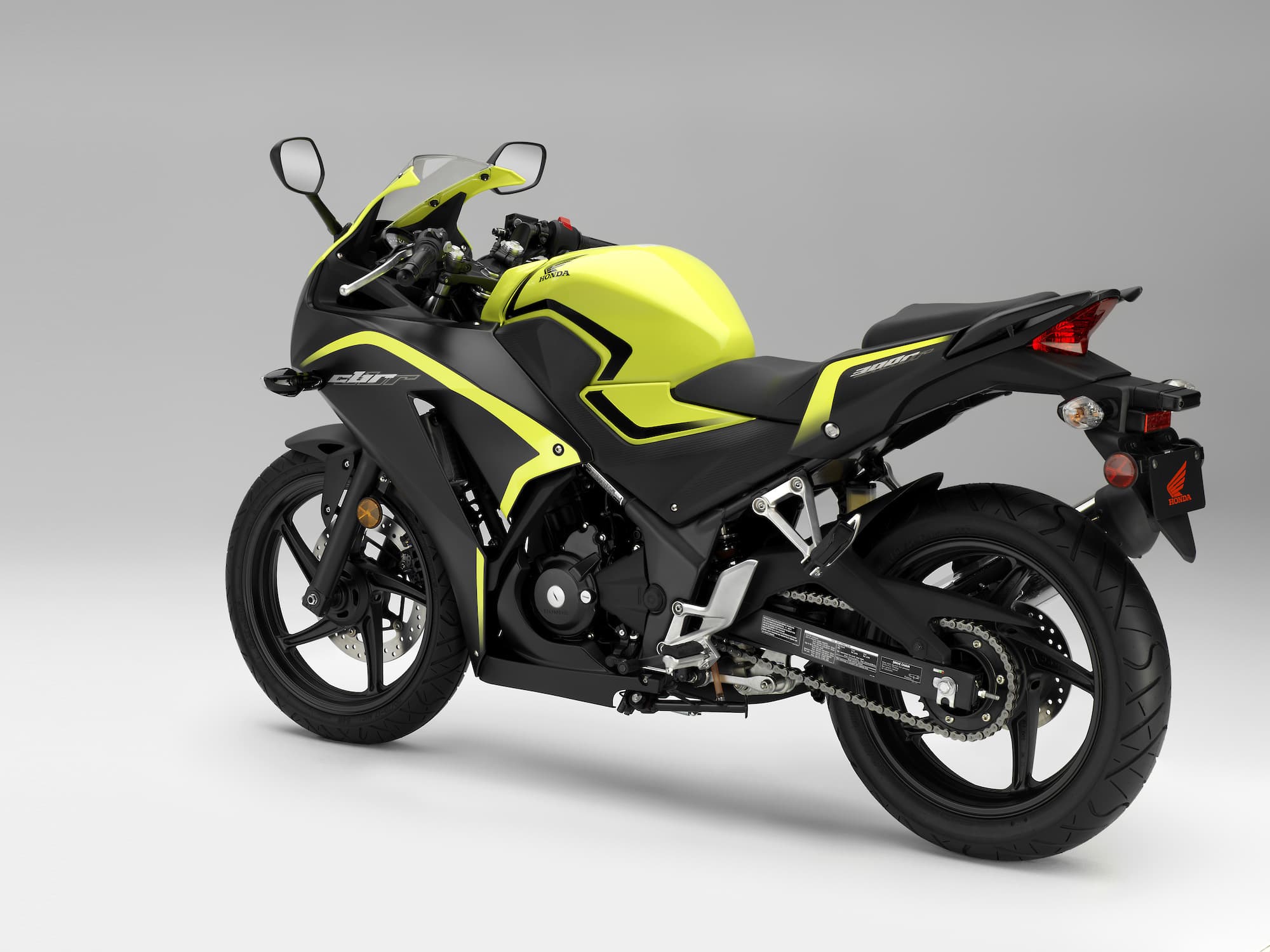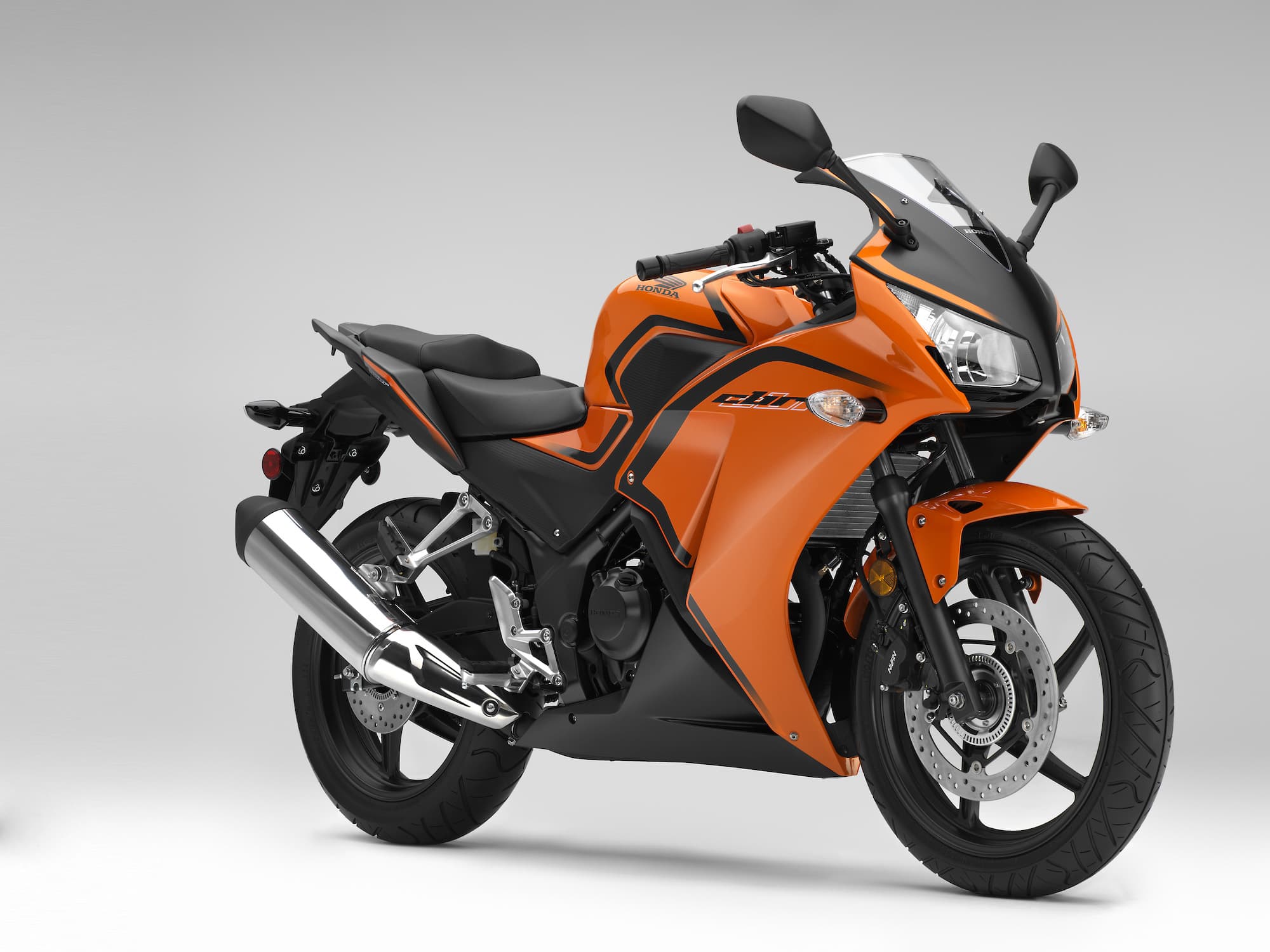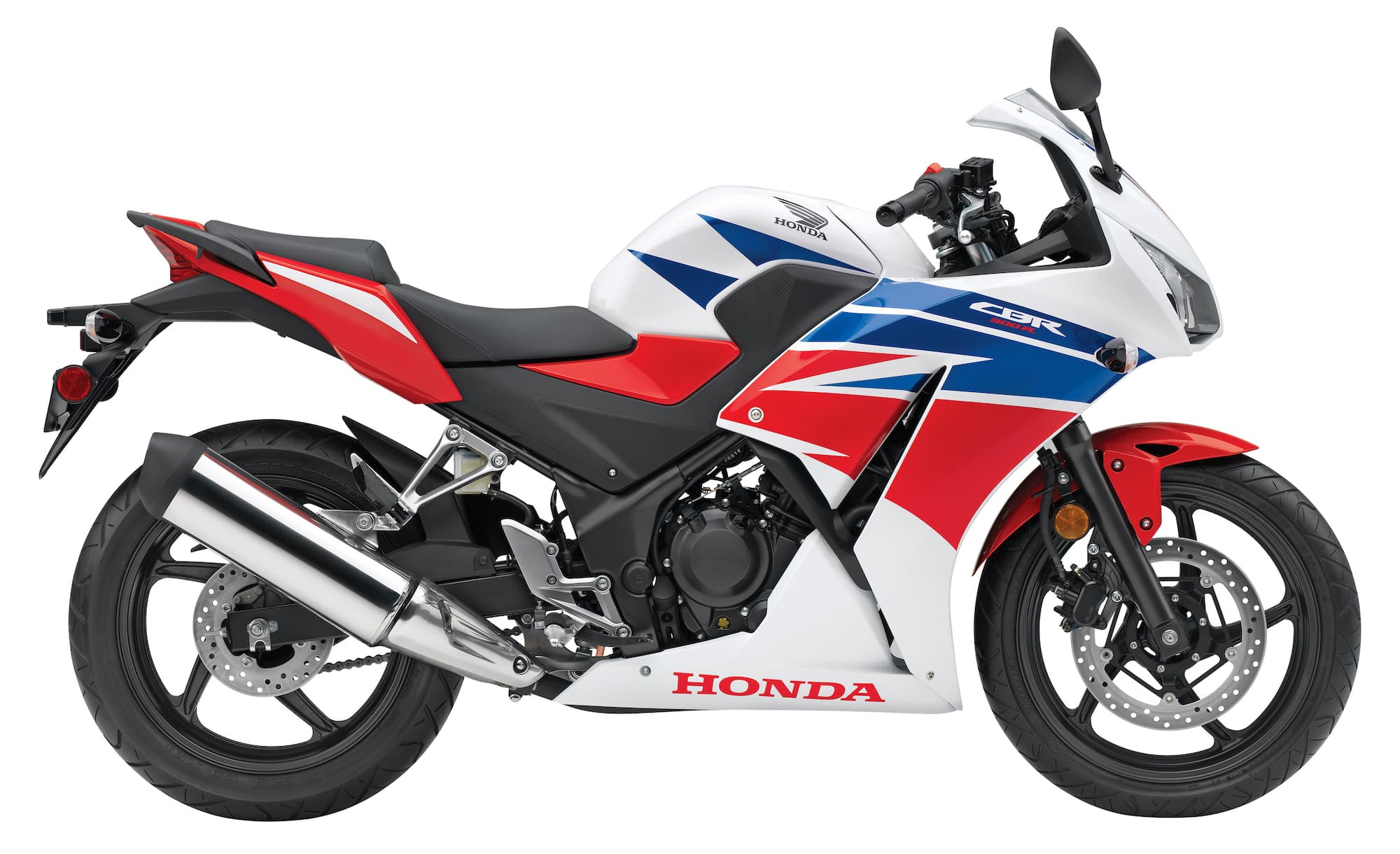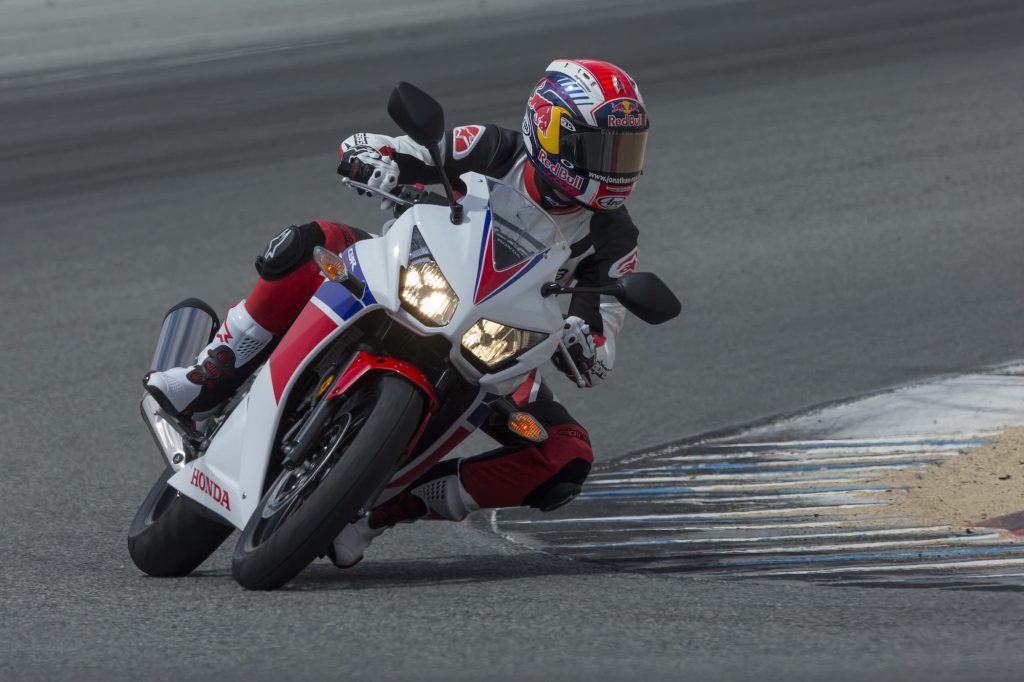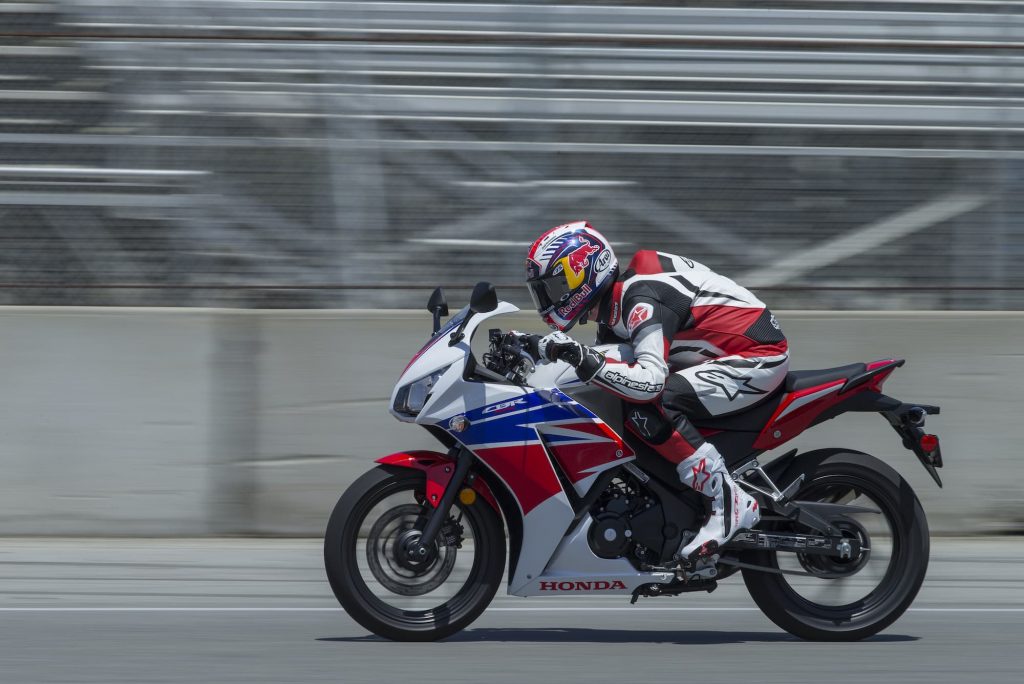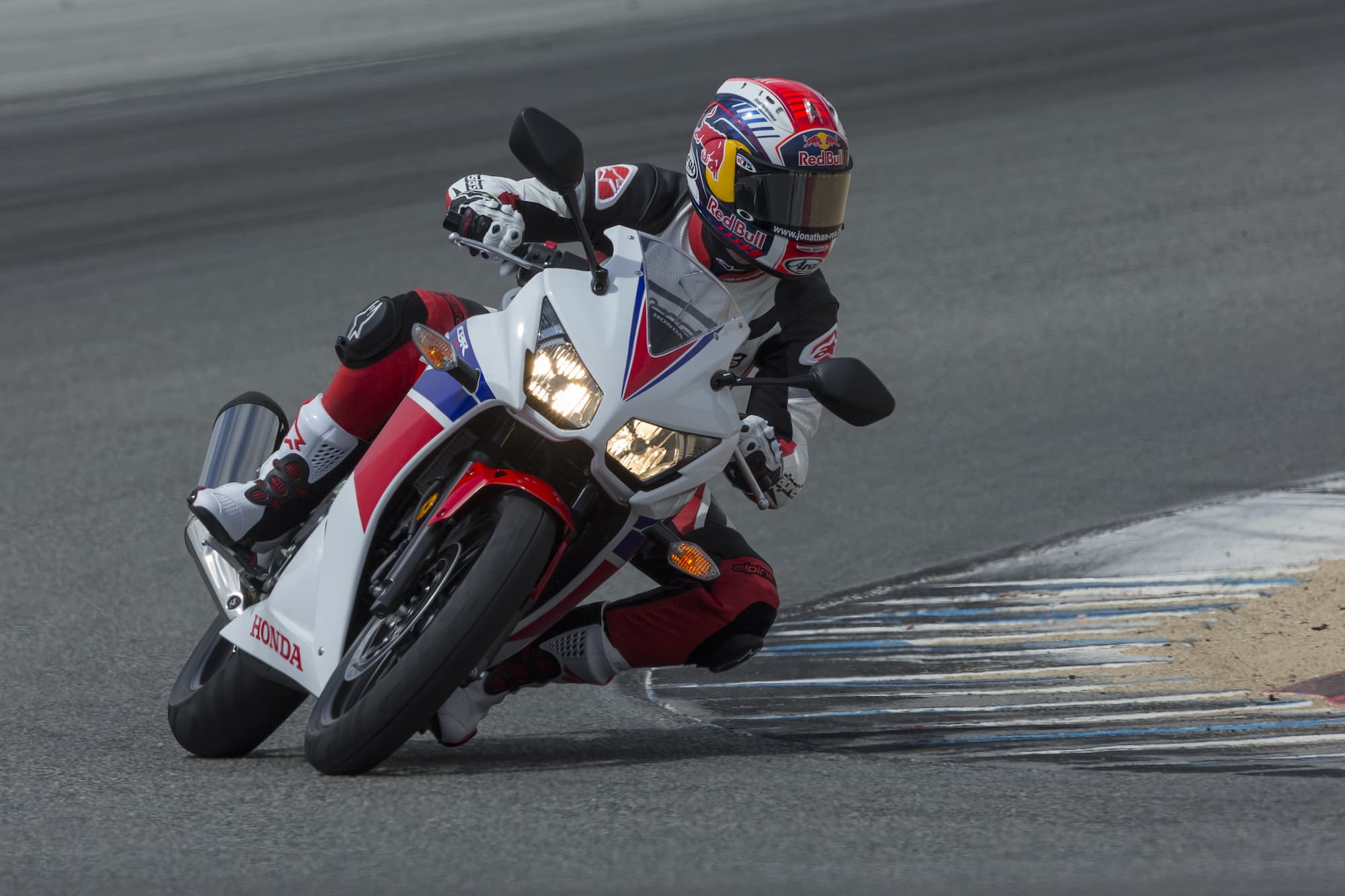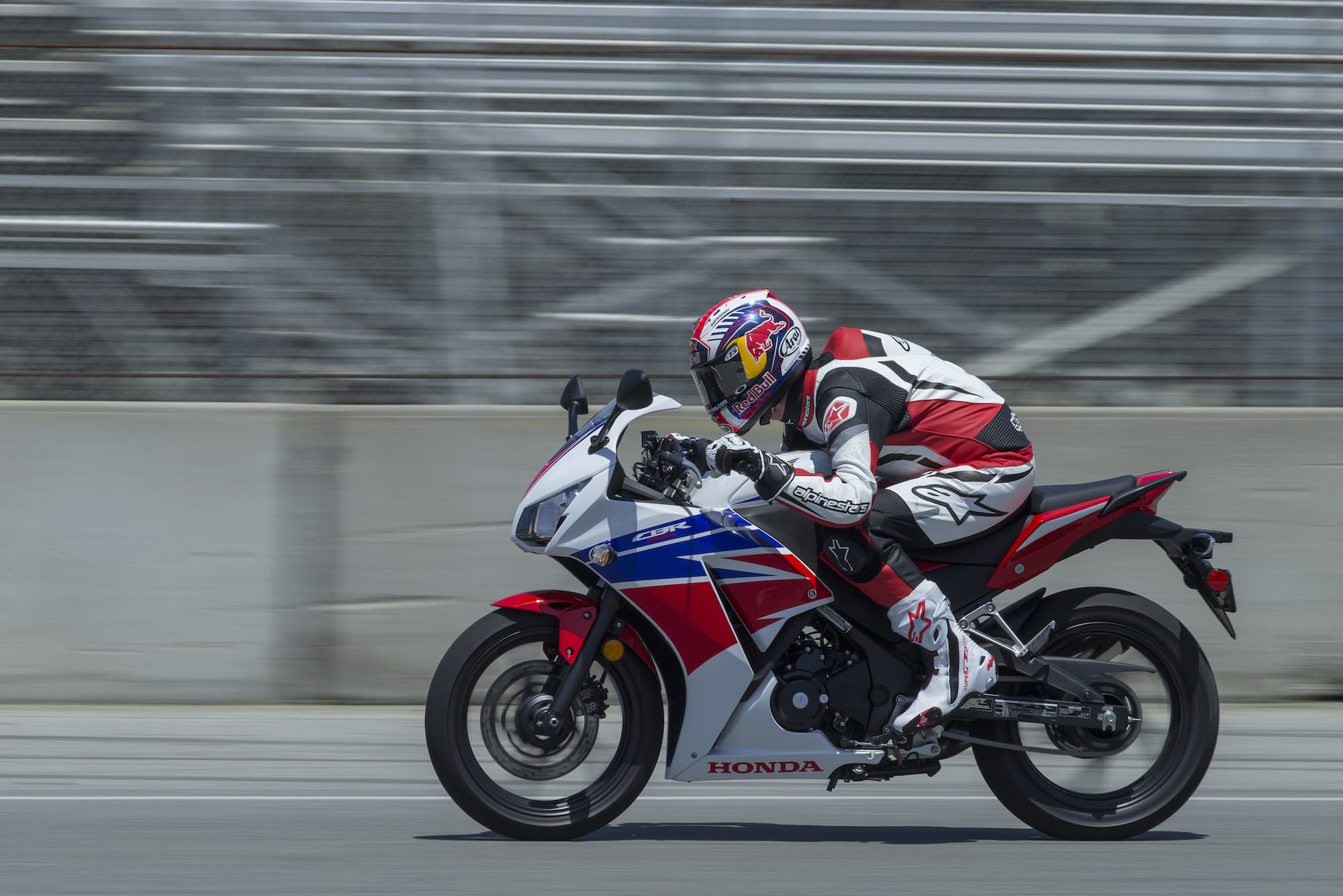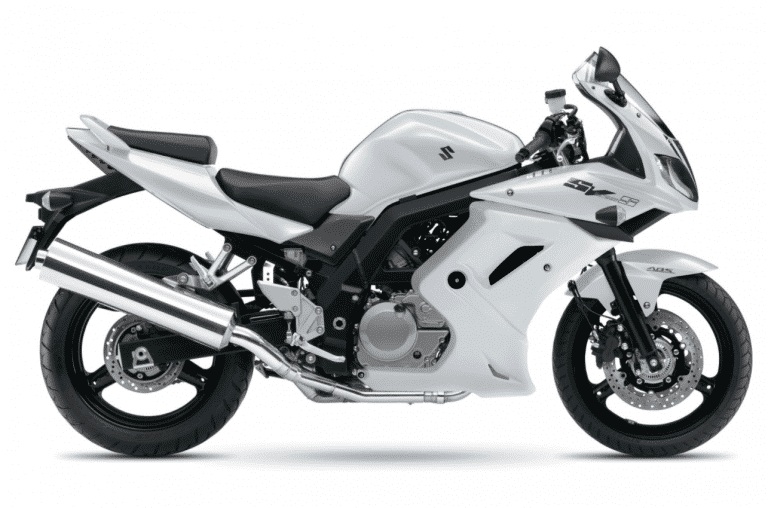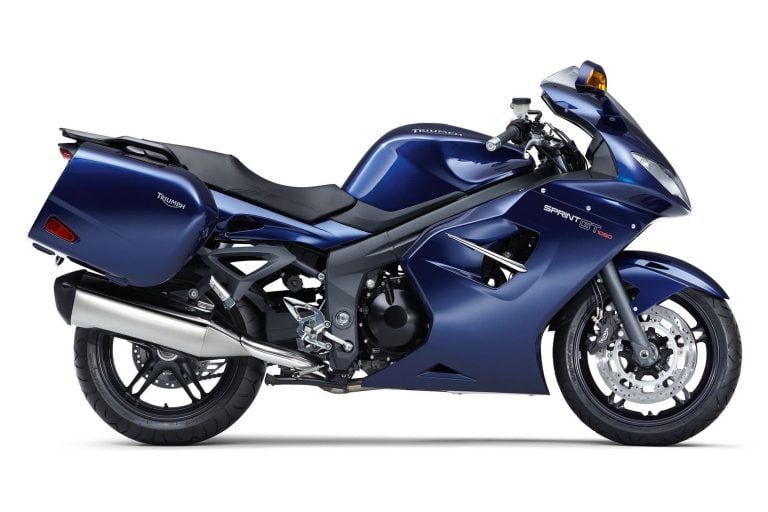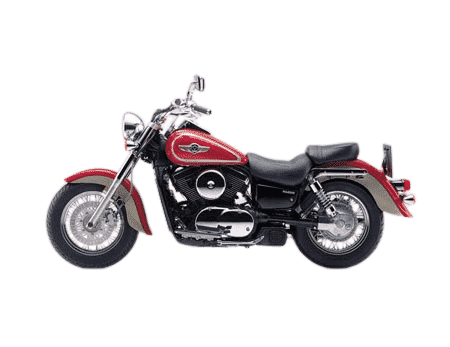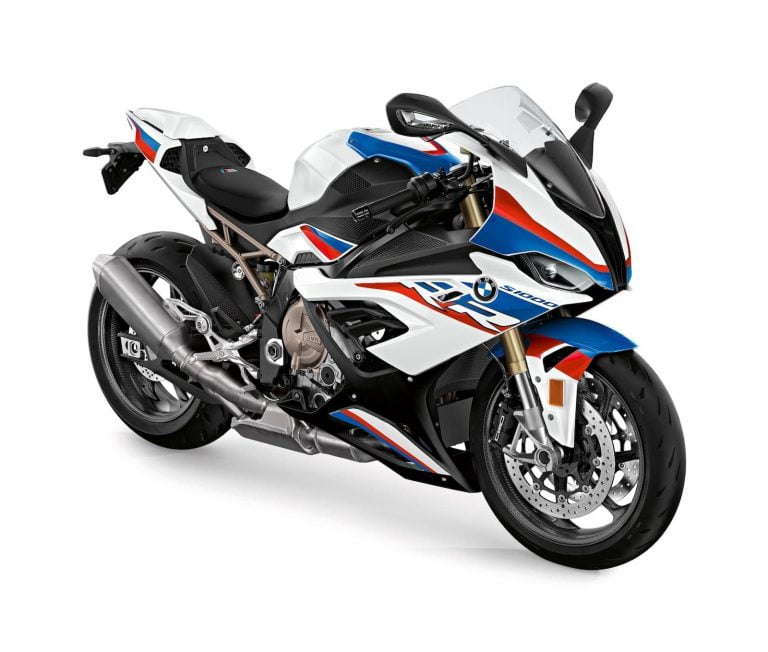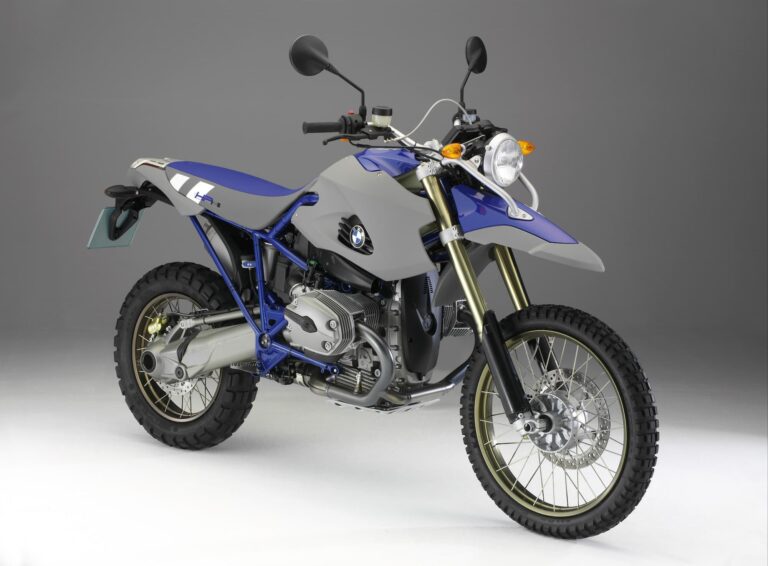Honda CBR300R Maintenance Schedule and Service Intervals
This is the maintenance schedule and associated service intervals for the Honda CBR300R, in production since 2013. The CBR300R has not changed significantly since.
The Honda CBR300R is a longer-stroke replacement for the long-serving Honda CBR250R, increasing displacement from 250cc to 286cc.
The new single-cylinder engine increases peak power from 19 to 23 kW (26 to 31 hp), and torque from 23 to 27 Nm (17 to 20 ft-lb). The Honda CBR300R also comes with optional ABS (standard in some markets), and with a restyled fairing and headlight to resemble the more recent other models (like the 2013-2018 CBR500R).
With its 286cc fuel-injected single-cylinder engine, the Honda CBR300R shares a lot in common with other small singles from Honda, like the naked variant, the CB300R.
This site has links for things like oil and spark plugs from which we earn a commission (which unfortunately nobody can save, not even us). If you appreciate this work, then please use those links. Thanks!
Honda CB3R00R Service Intervals
Overall, the Honda CBR300R has 8000 mile / 12800 km or annual service intervals between oil changes (note that a filter change isn’t required at every oil change). At every scheduled service, look over the items in the inspection checklist below to see what’s due.
Honda also does request that you more frequently check a few safety-related items, like the brake and clutch.
The CBR300R’s major valve service is every 16000 miles or 25600 km. And Honda asks you to change the spark plug every two services — 32000 miles / 51200 km.
Aside from that, regularly attend to the coolant and brake fluid per the schedule.
Make sure you regularly attend to the chain — see the notes at the bottom for chain maintenance guidelines.
Honda CBR300R Maintenance Schedule
Below is the maintenance schedule for the Honda CBR300R.
Notes:
- After the end of the schedule, repeat the maintenance schedule in the pattern shown.
- Honda recommends you get the wheels, tires, and steering bearing serviced by a mechanic.
| x 1000 mi | 0.6 | 4 | 8 | 12 | 16 | 20 | 24 | |
|---|---|---|---|---|---|---|---|---|
| x 1000 km | 1 | 6.4 | 12.8 | 19.2 | 25.6 | 32 | 38.4 | Every |
| Standard service checklist (see below) — Perform all items | ✓ | ✓ | ✓ | ✓ | Year | |||
| Engine Oil — Replace (Pro Honda GN4 10W-30) | ✓ | ✓ | ✓ | ✓ | Year | |||
| Engine Oil Filter — Replace (HF103) | ✓ | ✓ | ||||||
| Air Cleaner — Replace (HA-2819) | ✓ | ✓ | Replace more often when you’re riding in rain/dust. | |||||
| Spark Plug — Inspect | ✓ | |||||||
| Spark Plug — Replace (SIMR8A9) | 32K mi (51.2K km) | |||||||
| Valve Clearances — Inspect / Adjust | ✓ | |||||||
| Radiator Coolant — Replace (Honda Long-life Coolant) | 3 years | |||||||
| Brake pads — Check wear level | ✓ | ✓ | ✓ | ✓ | ✓ | ✓ | ||
| Brake Fluid — Check level / Adjust | ✓ | ✓ | ✓ | ✓ | ✓ | ✓ | ||
| Brake fluid — Replace (Honda DOT 4) | 2 years | |||||||
| Secondary Air Supply System — Inspect | ✓ | |||||||
| Evaporative Emission Control System (if fitted) — Inspect | ✓ |
Standard service checklist
Do the following checks on your Honda CBR300R as part of every scheduled inspection.
| Honda CBR300R Inspection Checklist |
|---|
| Cooling system — Check for no leaks, and that fans come on |
| Radiator coolant — Check level |
| Fuel Lines — Check condition, correct routing, and for no cracks |
| Throttle operation and free play – Lubricate with Protect all cable life Target free play: 2-4 mm (0.1-0.2 in) |
| Check engine idle speed Target idle speed: 1250 rpm |
| Drive chain slider — Check wear level. Replace as necessary |
| Clutch system — Check for correct function, and clutch free play |
| Brake system — Check for proper function |
| Brake light switch — Check lights come on |
| Wheels/Tires — Check for dents, tire condition, tread depth |
| Suspension — Check for smooth operation, no leaks |
| Headlight aim — Check, re-adjust after adjusting suspension |
| Side stand / Centre stand — Check for smooth function, lubrication condition |
| Steering head bearings — Check for smooth operation |
| Nuts, bolts, fasteners — Check for presence. Replace / retighten as needed |
| Secondary air supply system — Check |
| Crankcase breather (if fitted) — Check, clean as needed |
Maintaining Your Chain on the Honda CBR300R
It’s important to maintain your chain on the CBR300R, as on any chain-driven motorcycle, but particularly on an everyday sport bike that you’re likely to occasionally fling about!
Use a good-quality chain lubricant like Motul chain paste, or a Motul chain care kit which comes with a couple of handy tools to maintain the chain.
Honda recommends you follow the following chain maintenance schedule for the CBR300R:
| Chain maintenance item | Every |
|---|---|
| Check drive chain lubrication condition, lubricating if necessary | 600 mi / 1000 km |
| Check drive chain slack, adjusting if necessary | 600 mi / 1000 km |
Notes:
- Do these items (checking/adjusting slack, and checking/applying lubrication) more often if you ride your CBR300R in dusty or rainy conditions (if you decide to take your CBR off-road!)
- Always lubricate the chain after washing the motorcycle.
To measure drive chain slack on the CBR300R, put it on its side stand and on a level surface, and shift the transmission to neutral.
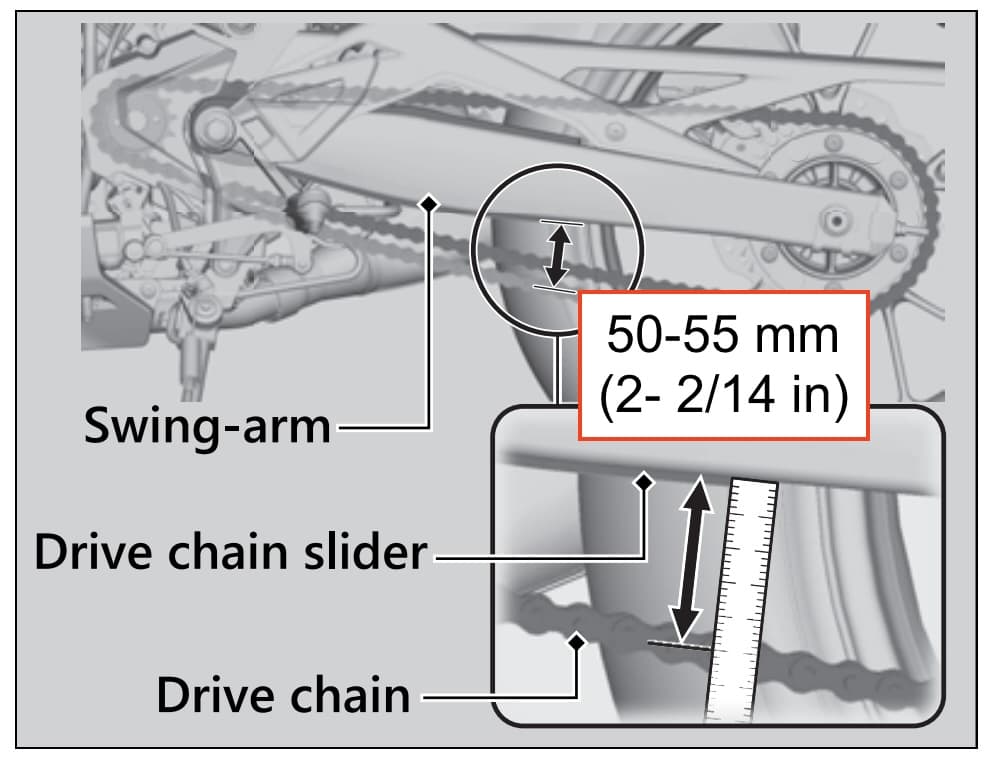
Push down on the chain and measure the distance between the chain and the swing arm at the end of the drive chain slider.
Target slack for the Honda CBR300R: 50-55 mm (2-2 1/4 in)
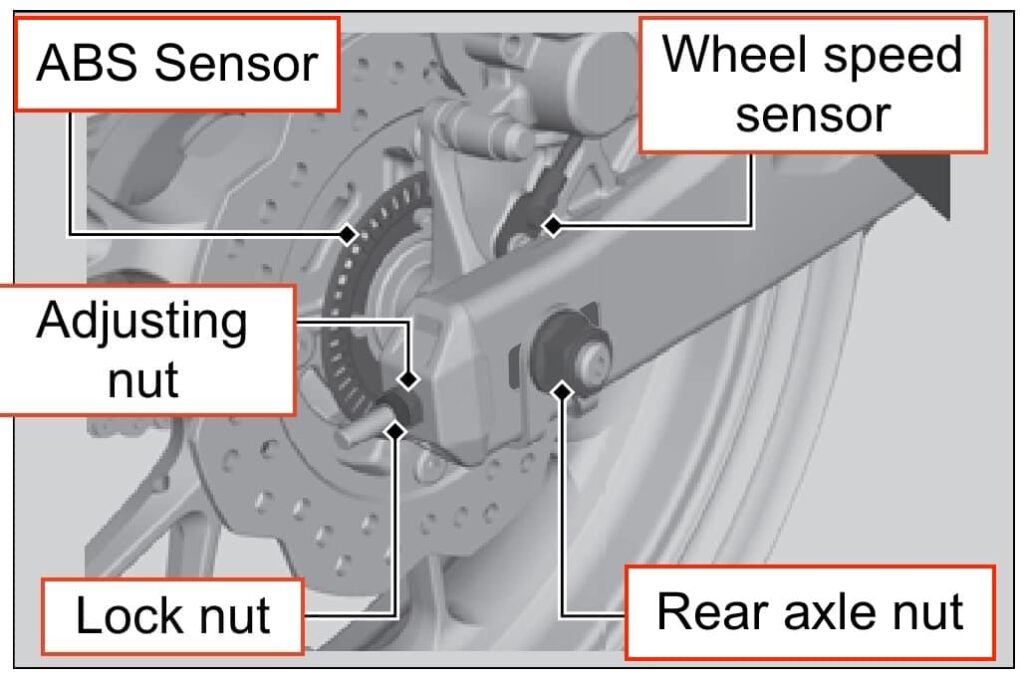
If the chain slack is too great, you need to adjust it. Loosen the axle nut and the lock nuts. Turn the adjustment nuts until the chain slack comes within spec. Make sure that the axle is at the same position (checking the reference marks) on both sides — avoid the chain and wheel being misaligned.
When done adjusting the slack, tighten the axle nut to 88 Nm / 65 lb-ft.
Tyre size and tyre pressure for the Honda CBR300R
In the manual for the Honda CBR300R, Honda specifies the following tyre sizes and standard brands for tyres, plus gives the following recommended tyre pressures.
Stock, the CBR300R ships with IRC RX-01 tyres, but you can fit other road/sport tyres as suits your riding style.
| Tyre | Size | Tyre pressure |
|---|---|---|
| Front | 110/70-17M/C 54S | 29 psi (200 kPa, 2.00 bar) |
| Rear | 140/70-17M/C 66S | 29 psi (200 kPa, 2.00 bar) |
About the Honda CBR300R
The Honda CBR300R is Honda’s entry-level road/sportbike. But it shares good looks and high build quality with the rest of Honda’s modern line.
The CBR300R is an evolution of the previous 2001-2013 Honda CBR250R. It has a bigger engine, with a longer stroke (55mm lengthened to 63mm), increasing displacement from 249.5cc to 286cc.
It has a bigger engine and new style, but still gives the same accessible performance that’s great for new riders, those wanting to downsize, or people in many parts of the world where going much over 100 km/h (60 mph) doesn’t make much sense.
Honda kept the compression ratio of the CBR300R at 10.7:1, just like its predecessor, but the bike still gets a ~15% power boost from the greater displacement and accompanying tune. Power is still pretty modest, with a peak of 23 kW (30 hp) at 8500 rpm.
Otherwise, the bike’s engine is very similar conceptually. It’s still a liquid-cooled fuel-injected single-cylinder engine.
Internally, Honda gave the bike a new piston, connecting rod, and crankshaft, along with taller gearing than the CBR250R for better cruising.
The engine is the same basic unit used in other 300-class motorcycles made by Honda, like the Honda Rebel 300, so the general maintenance schedule is the same.
Best of all, since most new riders could also be new mechanics, the engine comes laid out with ease of maintenance in mind with easy access to the valve adjusters, oil fill and filter and rear brake fluid reservoir.
The little CBR300R has a six-speed transmission that helps keep the rpm within the usable powerband, sending power to the rear wheel via a chain drive.
Honda made some exterior changes as well. These included a new exhaust system and revised motor mounts, a new seat and side panels that aid in an easier reach to the ground and a slightly more sporty riding position.
Tires and suspension remain same as the previous model CBR250R.
Front suspension is via a conventional fork that’s not adjustable, but the rear monoshock has five-position preload adjustability.
Braking is also simple, as you’d expect on a low-power bike, with a single 296 mm disc up front and a 2-piston caliper.
Manual for the Honda CBR300R
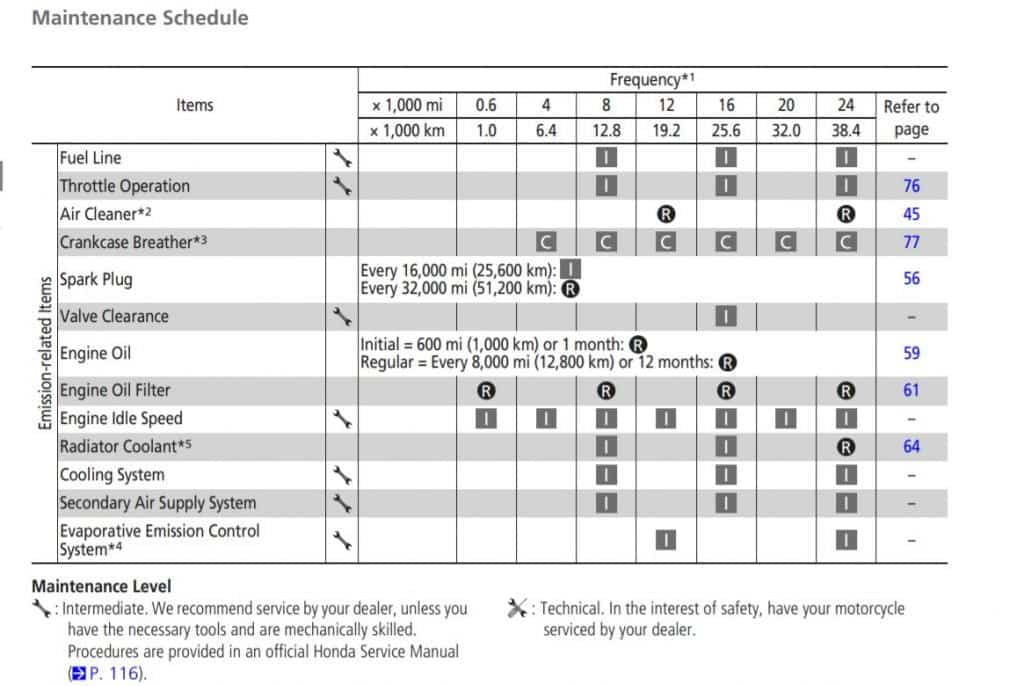
The above maintenance schedule comes directly from the user’s manual for the Honda CBR300R.
You can download it from Honda’s website here.
